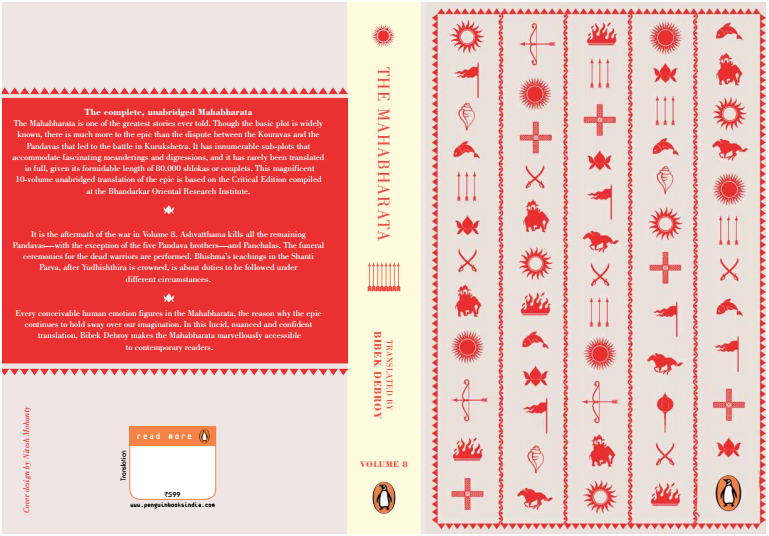Truth be told, I do not have many photographs of the Shani Shingnapur Temple in Maharashtra. This is because they do not allow photographs inside the temple, and I was too enthralled by the entire experience to remember to take my camera out. The temple town is about 35kms from Ahmednagar - so it can be done as a quick detour if you're on your way to Aurangabad - and about 70kms from Shirdi. Shirdi is, of course, famous for Sai Baba, and going to Shingnapur and back from Shirdi can be done in about four hours. The road is OK for the most part, except for about a 15 km stretch that is not so OK.
However, this was a somewhat striking moment outside the temple, in the parking lot. Apart from the shops that hawk every knick-knack you could want for instant moksha and to protect you from the evil eye of anyone envious of your prosperity - which could be almost everyone and anyone - there was this loads of color (gulal, kumkum, call it what you will) on a cart that was being tended to by this elderly gentleman. Nothing out of the ordinary till you realize the gentleman is a Muslim. While trite and overused to death cliches do come to mind, it is a measure of India's enduring spirit of inclusiveness that binds people together. Commerce of course is a highly underestimated glue.
© 2014, Abhinav Agarwal (अभिनव अग्रवाल). All rights reserved.

.JPG)
.JPG)













